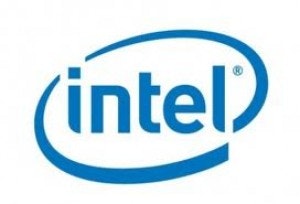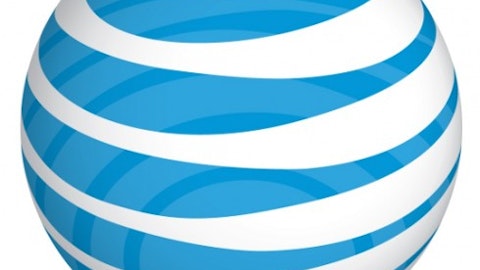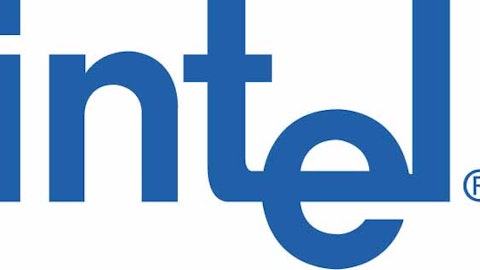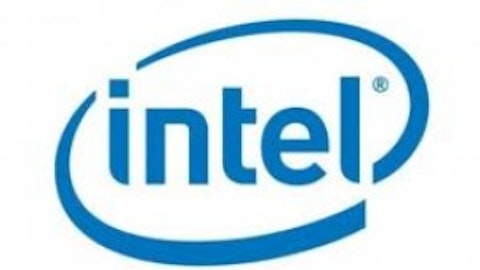There is little doubt that computer chip leader Intel Corporation (NASDAQ:INTC) needs to evolve. The recent news about PC sales falling 14%, the most in history, only confirms that it will need to gain a meaningful place in the mobile market. To advance toward this goal, progress in four key areas is critical. Here’s how I grade the company’s results for the latest quarter:

Market acceptance of new chips
The most important factor for a successful Intel evolution is acceptance of their new products. News that the company has begun shipping its next-generation “Haswell” chip to manufacturers is a good start. This chip is aimed at powering ultrabooks and part laptop – part tablet hybrid devices. Its selling point is that it adds power-saving technology, while delivering top performance similar to that from a full sized PC.
Early indications are the chip’s acceptance is pretty good. The company noted that increased demand has allowed them to increase production. There have also been reports that Haswell products such as a Google Inc (NASDAQ:GOOG) “Chromebook” and Dell Inc. (NASDAQ:DELL) Windows tablets may be in the works. Close ties are also anticipated between the chip and Windows Blue. Windows Blue is an expected update to Microsoft Corporation (NASDAQ:MSFT) Windows 8 that hopes to deliver even greater power efficiency. The combination is hoped to help Intel chip devices further behave like a smartphone or tablet.
Grade: B
Continued product development
Intel Corporation (NASDAQ:INTC) must continue developing new mobile products to succeed. Its first entry, the “Clover Trail” Atom processor, achieved little popularity because of performance issues.
Now, Intel Corporation (NASDAQ:INTC) seems to be readying a far more competitive product. The upgrade, code-named “Avoton”, is based on new micro-architecture and is expected to offer improved battery life and performance. It is expected that Avoton will be in tablets to be released during this year’s holiday shopping season with the code-name “Bay Trail”. A chip code-named “Merrifield” could appear in smartphones starting next year.
Bay Trail is specifically aimed at the low price-point end of the market and promises to deliver hybrids, tablets, and notebooks with all-day battery life at budget prices. The company believes it could significantly expand the volume of Intel chip-enabled devices, both for Windows 8 and alternative operating systems. Any advancement in this space would be an important coup for the firm.
Grade: B+
Transition of revenue
Intel Corporation (NASDAQ:INTC) will surely lose revenue as PC sales continue their decline, but as the company increases its market share in mobile, the net result should begin to balance over time.
Intel Corporation (NASDAQ:INTC) reported first-quarter total revenue of $12.6 billion, down 3% from the comparable prior year period. The drop was mainly due to PC Client Group revenue, mostly related to PC’s, ultrabooks, and hybrids. The segment’s sales were $8 billion, down 6%. These kinds of declines are to be expected as the consumer PC is replaced by mobile devices, but the plan is that revenue will stabilize as mobile product sales increase via more attractive ultrabooks and hybrids.
The company’s best showing was in products mostly related to servers in the Data Center Group. This segment reported sales of $2.6 billion, up 7.5 % year-over-year. These gains are important as they help fund the company’s evolution. Intel’s most interesting business segment is the Other Architecture Group, which includes tablets and phone product. It reported a drop of 9% in sales from last year to $1 billion. The question going forward is what kind of traction can they get in this less powerful mobile product market.
Grade: C
Valuation and the competition
Intel Corporation (NASDAQ:INTC) needs to have an attractive valuation compared to its peers to be considered worth investing. That would indicate any potential gains in mobile have not yet been factored into the share price, and those successes could accrue to shareholders.



